WTI 1-18: The Sunrise of MAGTF EW
Report and photos by Steven Valinski
November 26, 2017
 The U.S. Navy has its Strike Fighter Tactics Instructor program (SFTI program), known as TOPGUN and the U.S. Air Force has the USAF Weapons School. The United States Marine Corps equivalent is the USMC Weapons and Tactics Instructor Course, simply known as WTI.
The U.S. Navy has its Strike Fighter Tactics Instructor program (SFTI program), known as TOPGUN and the U.S. Air Force has the USAF Weapons School. The United States Marine Corps equivalent is the USMC Weapons and Tactics Instructor Course, simply known as WTI.
Twice per year, the seven-week USMC Weapons and Tactics Instructor Course (WTI) is conducted by Marine Aviation Weapons and Tactics Squadron One (MAWTS-1) at Marine Corps Air Station (MCAS) Yuma.
The course begins with the academic phase, with approximately three weeks in the classroom. The course then evolves to the flying phase where missions are planned and executed within designated evolutions ending with the culmination of both phases during the last week of WTI in the form of FINEX. FINEX-1, FINEX-2 and FINEX-3 which take place every other day during the final week with a day for briefing/debriefing in between.
According to Col James B. Wellons, Commanding Officer, Marine Aviation Weapons and Tactics Squadron-One, “We call it our Marine Aviation Weapons School. This is where we conduct advanced tactical training across all of the different platforms and capabilities that we have in Marine aviation. We do that in combination with ground forces. We have an infantry battalion out here, we have all of the command and control assets out here that exist in the Marine Corps.”
“WTI is the place where the Marine Corps comes together and prepares for full combat operations. So this is where we train our best pilots and our best tacticians across the entire Marine Corps. This is where we train them in all of the different skills that they need in order to prepare for combat operations,” Col Wellons added.
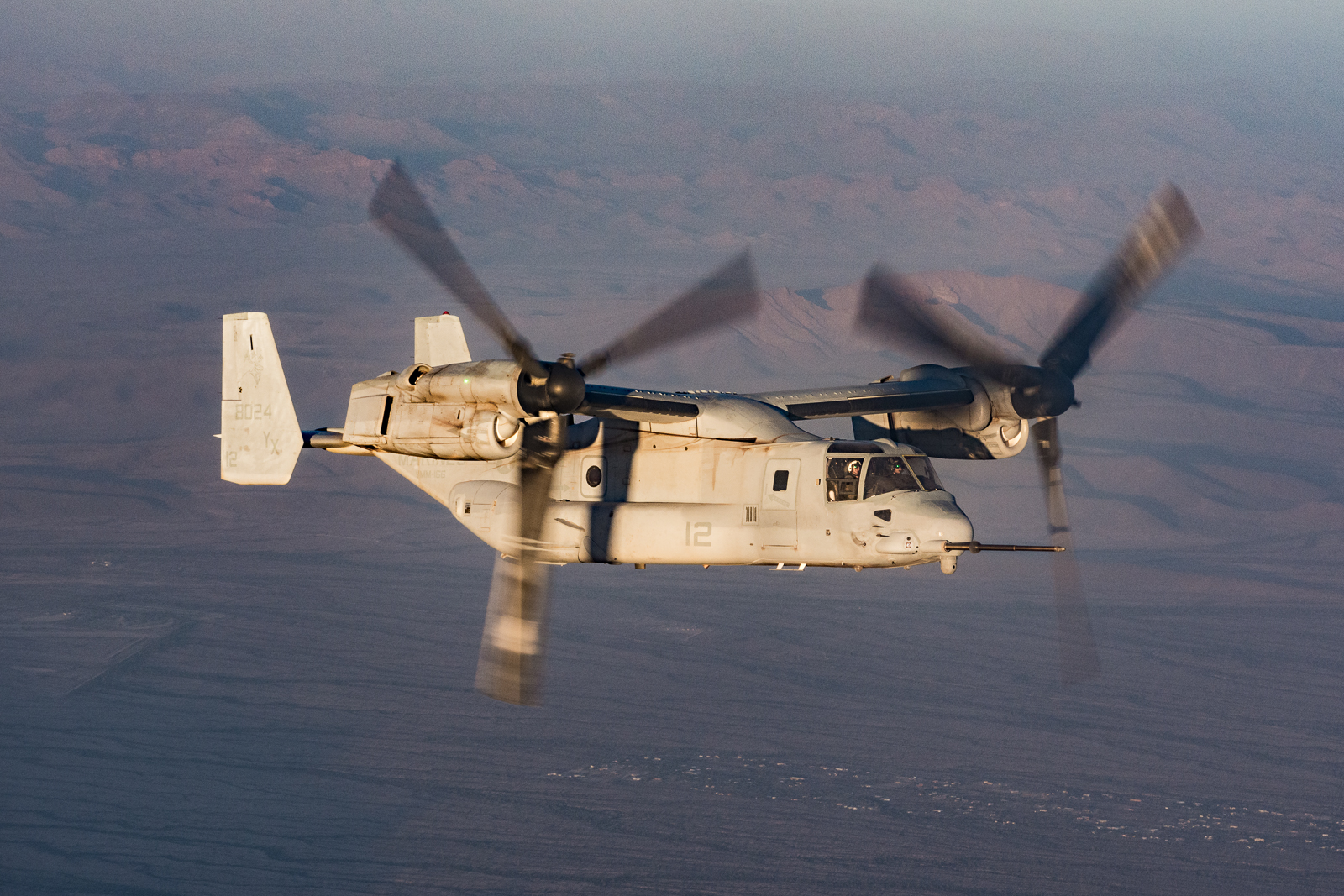
While WTI is the course, MAWTS-1 is the schoolhouse that develops and executes the curriculum. According to the USMC, “The mission of MAWTS-1 is to provide standardized advanced tactical training and certification of unit instructor qualifications that support Marine Aviation training and readiness and to provide assistance in the development and employment of aviation weapons and tactics.”
Although its origins can be traced back to post-WWII, MAWTS-1 was officially commissioned on June 1, 1978 and since then has been facilitating WTI twice per year at MCAS Yuma.
WTI 1-18
WTI wrapped up in October and according to LtCol Daigneault, MAWTS-1 OPSO, “We had 249 graduates. The class is historically between 240 and 260. Class size is dependent on needs of the Fleet and ability of the Fleet to support the associated requirement as MAWTS-1 doesn’t own aircraft or the preponderance of other gear we utilize to train pWTIs [Potential Weapons and Tactics Instructors].”
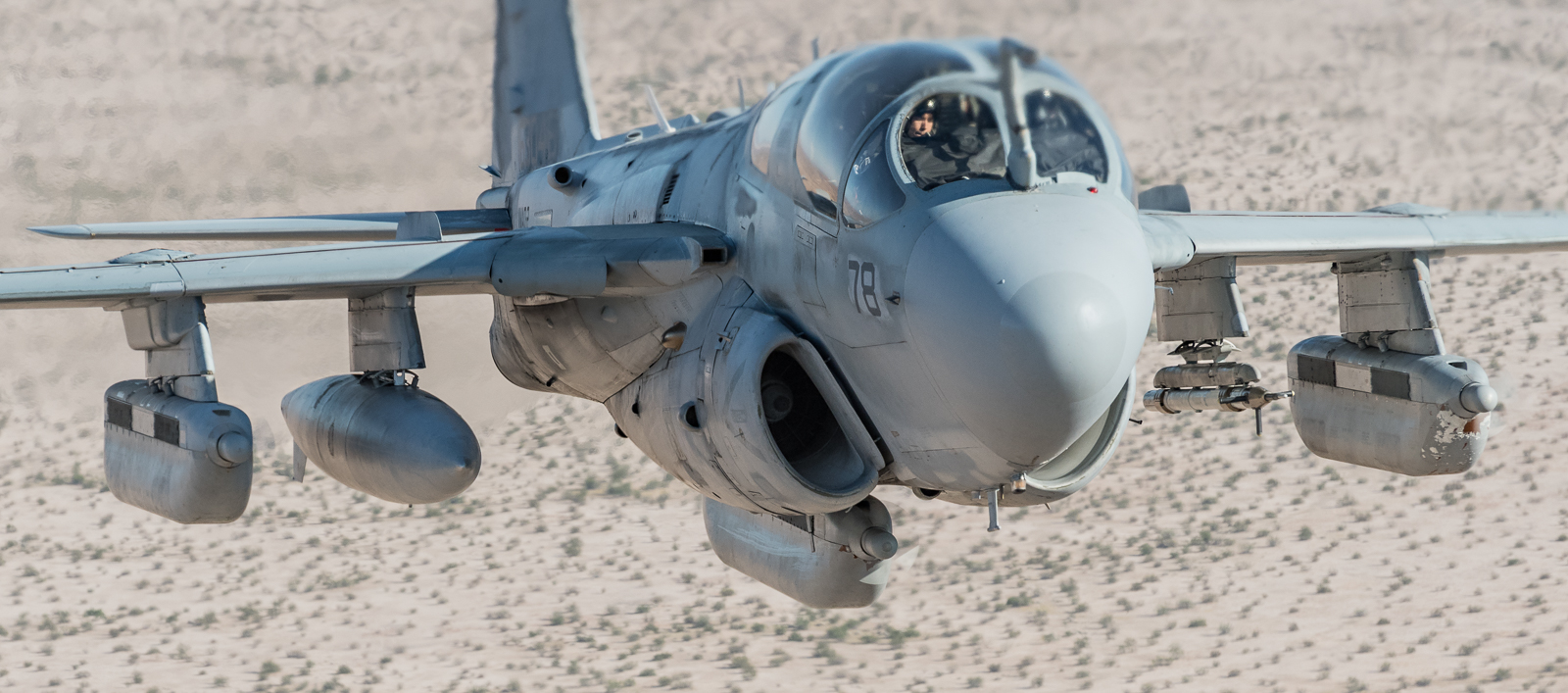
One of the more notable aspects of WTI 1-18 is that it was the last WTI appearance for the Northrop Grumman EA-6B Prowler. For over 40 years the Prowler has served the DoD as an Electronic Warfare (EW) aircraft. The Prowler’s role has been to jam enemy radar and communications and perform electronic surveillance in support of air and ground forces. While the final sundown of the Prowler in the last operational unit (VMAQ-2) is not until the end of FY-19, MAWTS-1 is training for the future of the Marine Air-Ground Task Force (MAGTF) with MAGTF EW.
According to the 2017 Marine Aviation Plan:
“MAGTF EW transitions the Marine Corps from a focus on the low-density/high-demand EA-6B, to a distributed, platform-agnostic strategy – where every platform contributes/functions as a sensor, shooter and sharer – to include EW. Under MAGTF EW the Marine Corps is leveraging emerging technologies and integrating multiple aviation platforms (unmanned, fixed wing, tiltrotor, and rotary wing assets); payloads; ground-based EW nodes; and cyber capabilities to provide commanders with an organic and persistent EW capability – for every MAGTF – large and small. Airborne electronic attack (AEA) capabilities post-EA-6B sundown will be provided by EW payloads such as the Intrepid Tiger II EW pod, UAS EW payloads, and the EW capabilities inherent to F-35.”
Col Wellons provided some additional insight, “It’s something that is going to evolve over time. When the Prowler is gone we will not have all of our capabilities that are going to unfold over the next five to ten years on the day that the Prowler suns down, it’s an evolution. With capabilities such as IT-II, RQ-21, the different capabilities with the F-35 that we currently have as that airplane continues to mature.”
“There are a number of different ways across all of Marine Aviation that we are going to replace the Prowler. We are not just going to replace it with one airplane, we are going to replace it with enhanced EW capabilities across the entire MAGTF. Not just with the aircraft, but also with the ground forces. So that’s a huge emphasis for us right now at WTI, is figuring out how we are going to make that transition and we are already doing a high number of tests in terms of our tactics without a Prowler available and we’re pretty encouraged by what we are seeing right now,” Col Wellons added.

Although the Prowler will be missed, the future of MAGTF EW where every platform is a sensor, shooter and sharer, combined with a ground and cyber element, promises a more robust EW capability for the USMC.
In the meantime, with the Prowler being more of a shared DoD asset than a MAGTF asset, the U.S. Navy’s Boeing EA-18G Growler, with the same EW capabilities, can be called upon for electronic jamming and other advanced EW functions if needed.
MAGTF Digital Interoperability (DI)
With one of the core components of MAGTF EW is the ability for MAGTF assets to be able to share information with one another. The 2017 Marine Aviation Plan describes it as: “Digital interoperability is the seamless integration of systems and exchange of data, across all domains and networks throughout the MAGTF, naval, joint, and coalition forces, to include communication in degraded or denied environments, to rapidly share accurate information, provide greater situational awareness, accelerate the kill chain, and enhance survivability.”
While developmental and operational test units can provide a testing ground for the technology required for DI, WTI can provide an environment where this technology can be integrated within combat training scenarios across multiple platforms.
WTI 1-18 saw substantial progress with DI. LtCol Schiller, ADT&E Department Head, explains, “During WTI 1-18, MEU DI Kits were integrated into every major flight event. During the course, MAWTS-1 and 3/1 employed the Kit to aid in planning, briefing, execution, and debriefing. Marine Air Ground Tablets (MAGTABs) were used by instructor pilots, WTI students, the GCE (3/1), Tactical Air Command Center personnel, maintenance shops. All major flight events used the MAGTAB in the planning process, to include expeditionary planning in the field. MAWTS-1 gained proficiency with MAGTF DI planning and employment, executing DI enabled missions using ANW2. These lessons learned will be incorporated into a MAGTAB TACSOP. 3/1 gained proficiency and lessons learned that will be incorporated into 13th MEU workups and deployment.”
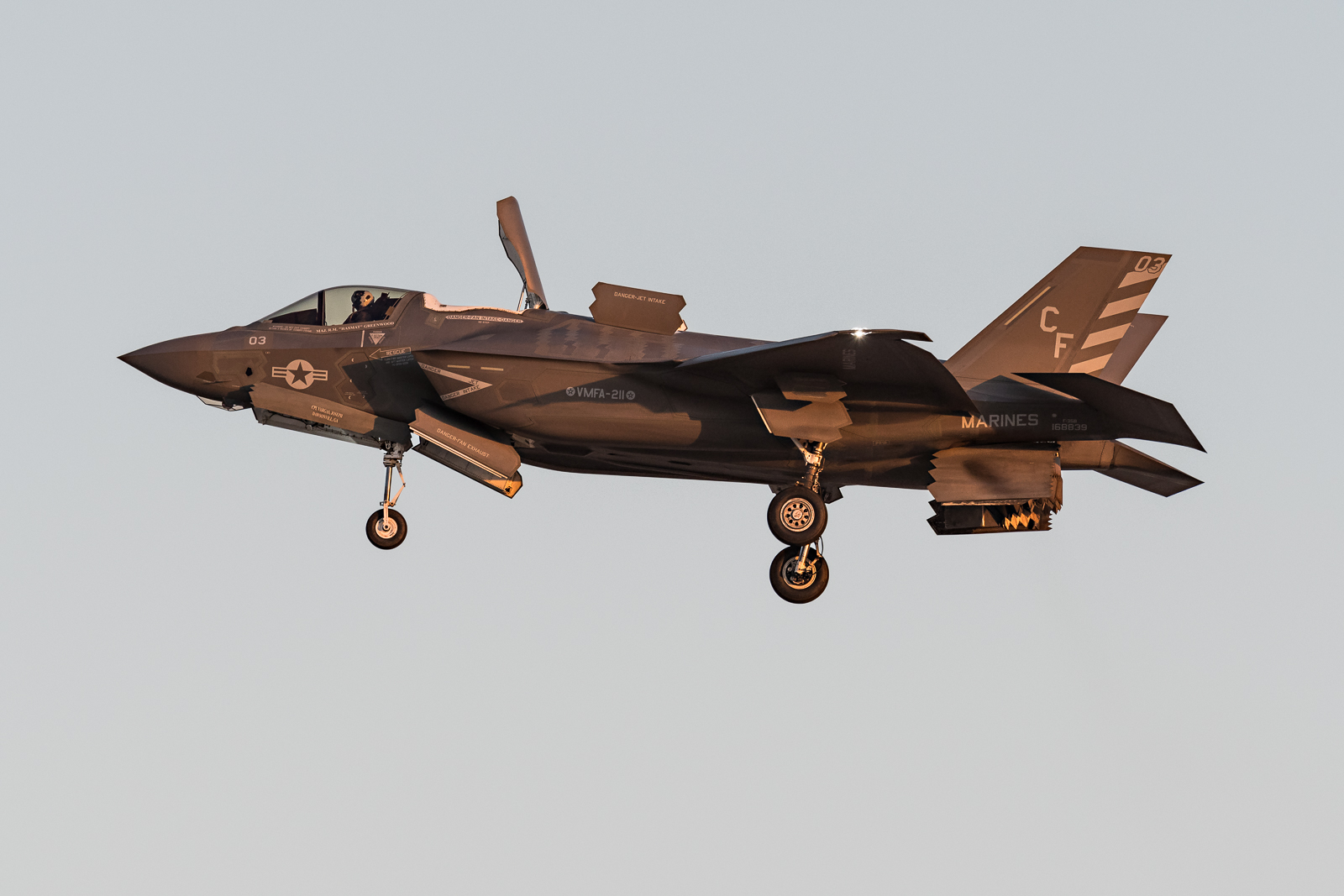
The F-35B Lightning II Joint Strike Fighter
The F-35 plays an important part in both MAGTF EW and DI. Its sophisticated sensor package and stealth capabilities provide an opportunity for the F-35 to see and assess before any other MAGTF asset. The ability to share this information throughout the MAGTF is vital to MAGTF EW and DI.
According to Col James B. Wellons, WTI 1-18 was the fourth class including the F-35B syllabus. Prior to 1-18 there have been six graduates of the WTI F-35 syllabus with two F-35 pWTIs in the 1-18 class.
Col Wellons added, “In the Marine Corps with the F-35B we’ve been, in a lot of ways, on the leading edge of conducting training in the F-35. A big part of what we do with the F-35 is to try to use that platform as an enabler for the rest of the forces out there.”
WTI 1-18 also provided some additional opportunities for 4th and 5th gen assets to work together in combat scenarios. LtCol Daigneault explains, “We executed a significantly modified POI from previous iterations which enabled more planning and debriefing time. Several Major Evolutions were new. These included a force on force event with live OpFor during a Bn(-) Air Assault as well as increased opportunities for 4th and 5th Gen. Fighters to train together.”
With the F-35B/C replacing the aging Harrier and legacy Hornet fleet the F-35 has an important place in the present and future of USMC aviation.
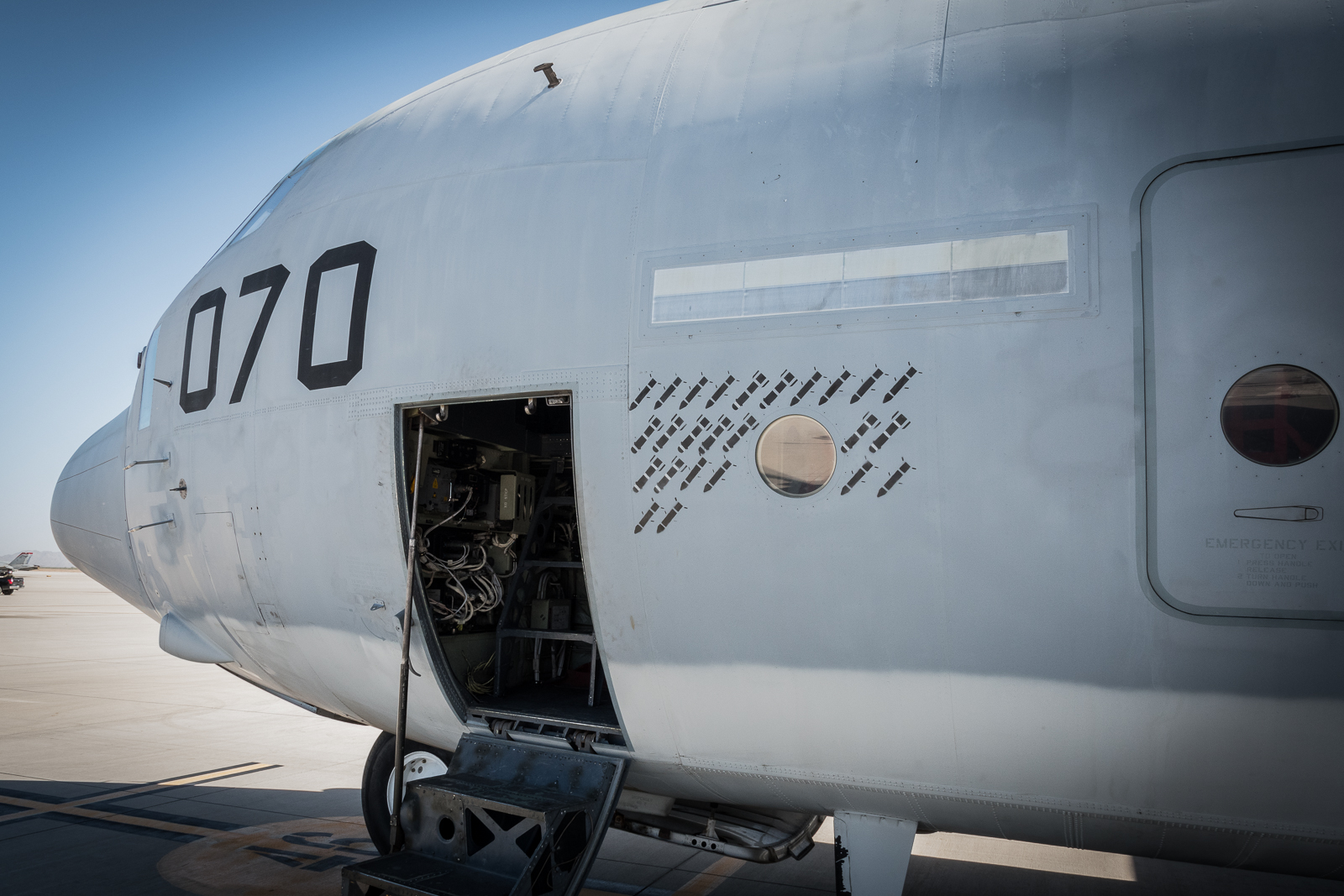
Harvest HAWK
In looking at the USMC’s KC-130J fleet some of the aircraft stand out due to markings not usually seen on a KC-130…mission markings. While the primary function of the KC-130J is a tanker and transport aircraft, thanks to the Hercules Airborne Weapons Kit, known as Harvest HAWK, the KC-130J can be used as a gunship providing precision strike capabilities for ground support. This roll-on/roll-off Multi- Sensor Imagery Reconnaissance (MIR)/Weapon Mission Kit has been operational since 2010. The Marine Corps intends to make the entire fleet of KC130Js Harvest HAWK capable along with using a variant of the kit on the MV-22 Osprey.
The primary weapons of the Harvest HAWK kit are Hellfire and Griffin missiles. An improved version of the kit is to include the use of the MX-20 sensor package and Hellfire, Griffin and Viper Strike missiles. The USMC also intends to fit the KC-130Js with the Intrepid Tiger II (IT II) pod to add EW capabilities to the aircraft.
Although KC-130Js, fitted with the Harvest HAWK package, supported WTI 1-18, they are not fully integrated into the course. Maj Myers, KC-130 Division Head, explains, “The KC-130 Harvest HAWK has been incorporated into the course through external air support from both VMGR-252 and VMGR-352. The platform mainly supports the Air Officer Division during Offensive Air Support 1-5. All KC-130 prospective Weapons and Tactics Instructors receive a capabilities and employment considerations class during the period of instruction. Due to the limited asset availability compounded by only two of five squadrons actually having the weapons system, we have not fully integrated the capability into the course. This may change with the Harvest HAWK Upgrade, since it will retain the majority of capabilities as a traditional KC-130J cargo airframe.”
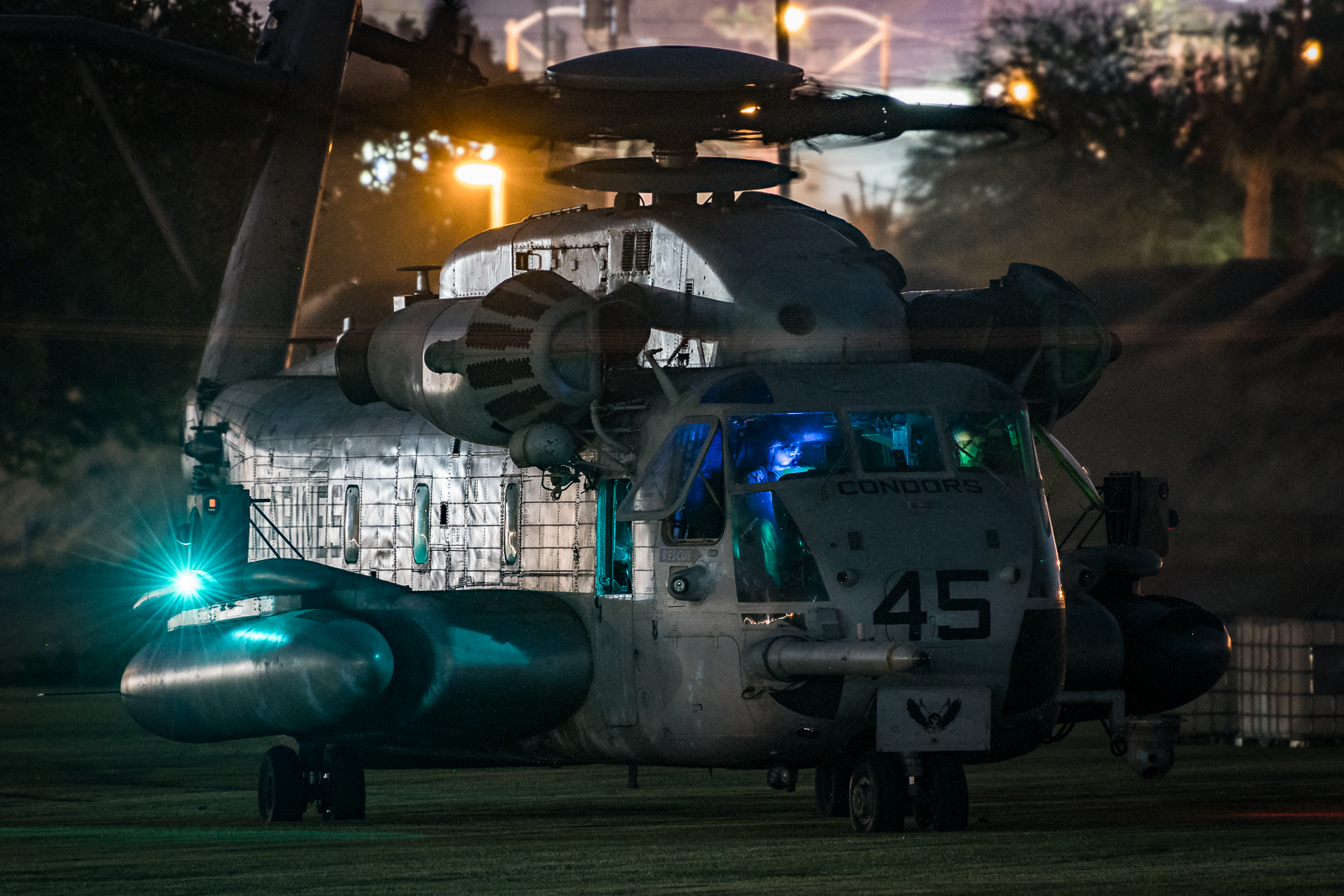
AST-3
While the mission of the Marine Corps is often associated with combat scenarios, an often overlooked role is their involvement in humanitarian assistance, disaster response and non-combatant evacuation operations. As seen recently with the relief effort in Puerto Rico and other disasters around the world, the Marines can be seen as a stabilizing force providing assistance where needed.
“We, as Marines, might respond to some sort of a contingency. Whether it be a humanitarian disaster like the ones that we are seeing in a number of places in the western hemisphere right now with hurricanes and things like that, or some sort of disaster, whether it’s a man-made disaster or some sort of a natural disaster that requires support from the types of capabilities that we have. We bring a lot of logistics capabilities, we provide a lot of security that can help in an area experiencing problems with instability,” said Col Wellons.
For WTI 1-18, like other iterations of the course, MAWTS-1 added an evolution to prepare for these situations, the AST-3 evolution. AST-3 consisted of a Non-combatant Evacuation Operation (NEO) conducted aboard Marine Corps Air Ground Combat Center Twentynine Palms and a Foreign Humanitarian Assistance (FHA) operation in the city of Yuma, Arizona. According to Major Andrew Baxter, AST-3 Evolution Coordinator, the purpose of AST-3 is to: “Provide WTI students realistic training that is consistent with a mission they may execute in real-world operations.”

Conducting part of the evolution within the city of Yuma provided an opportunity for local residents and visitors to see the USMC in action. Waves of Sikorsky CH-53E Super Stallions and Bell UH-1Y “Yankees” along with security forces and role players provided a look at the execution of a real-world mission.
“Of all the different missions sets we train to here at WTI, whether it be raids, air assaults, delivering ordnance upon the enemy, those are great fun things to train to, they are certainly things we will be asked to do in the future, but history has shown the one thing we will be asked to do more likely than any operation we train to here is foreign humanitarian assistance and non-combatant evacuation operations,” said Maj Baxter.
AST-3 helped ensure continued readiness for these types of missions.
Looking Ahead
WTI 1-18 saw the USMC’s MAWTS-1 continue to train and innovate. Progress was made in important initiatives such as MAFTF EW and DI while it was the last course to include the Prowler.
Celebrating its 40th anniversary in May 2018, after the completion of WTI 2-18, we can continue to expect MAWTS-1 to be at the forefront of innovation and readiness preparing the 21st century Marine aviator for the challenges ahead.
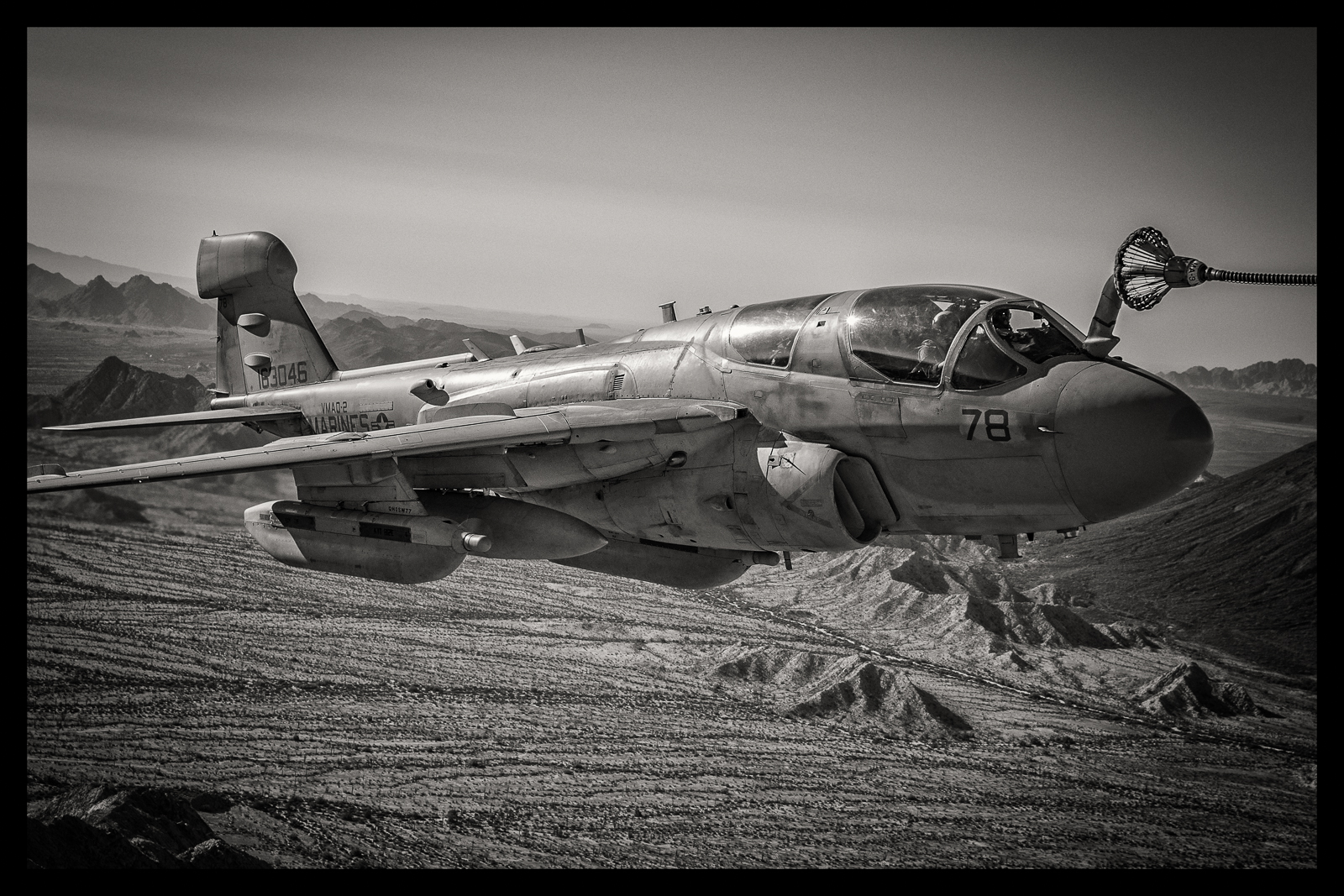


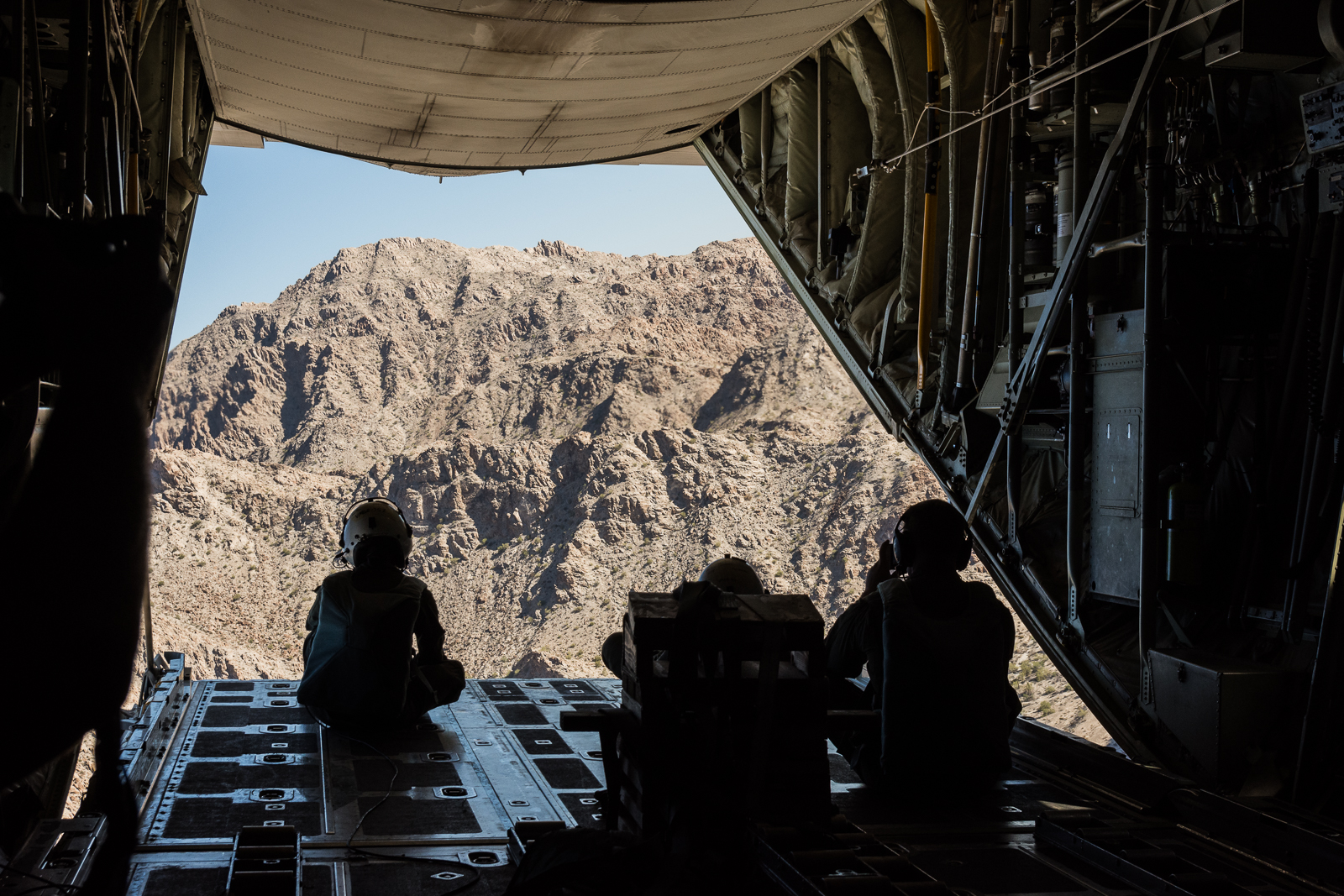


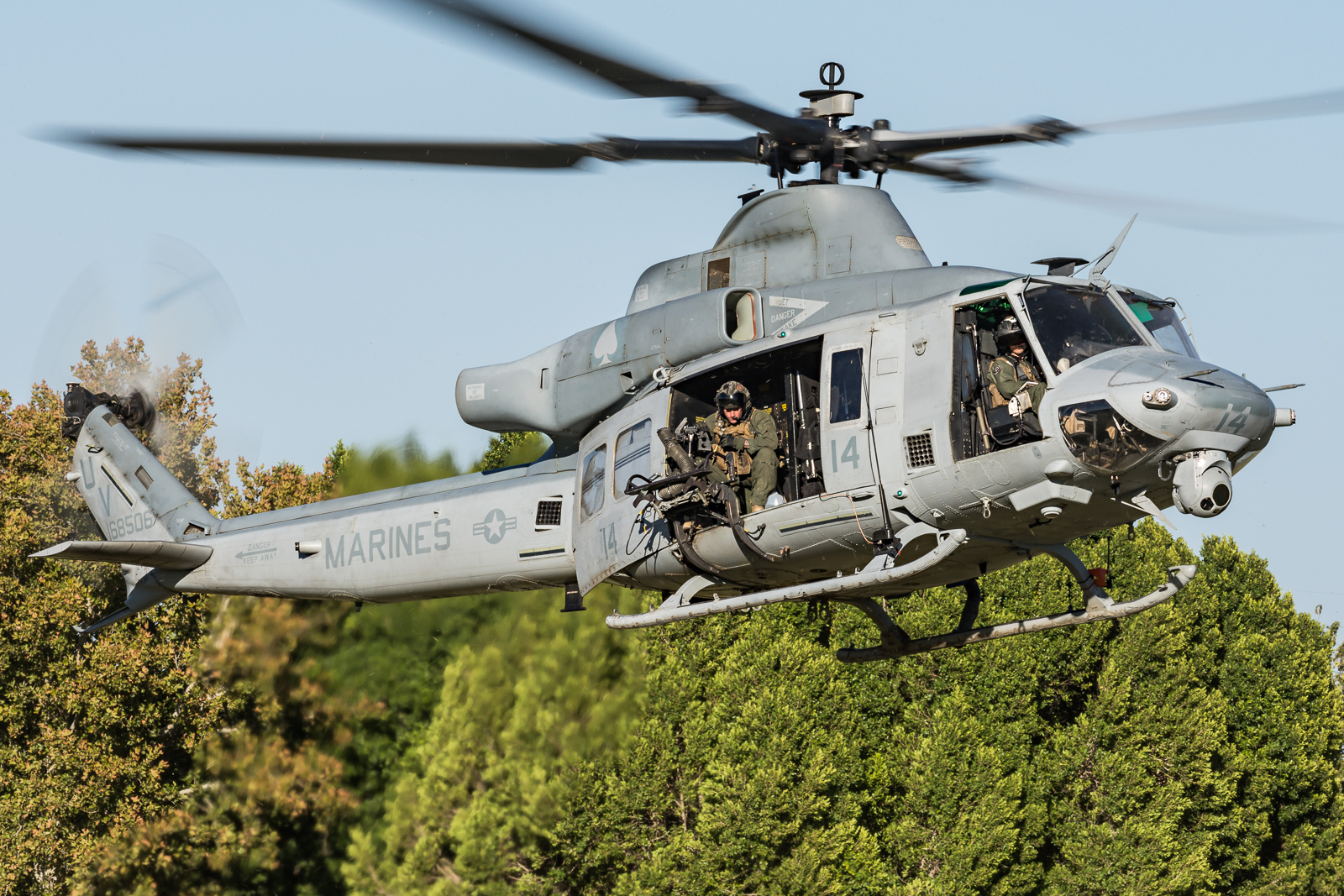
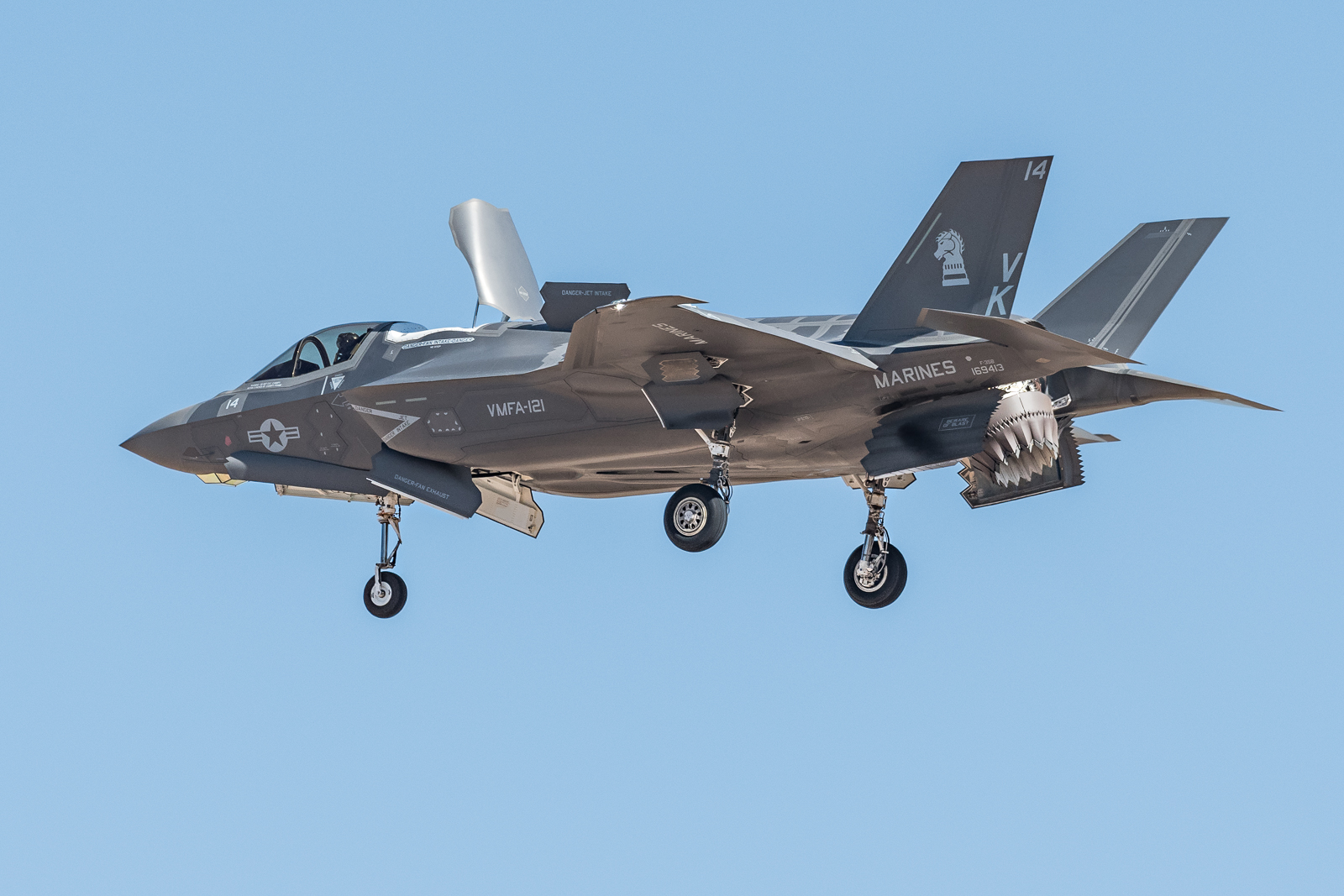
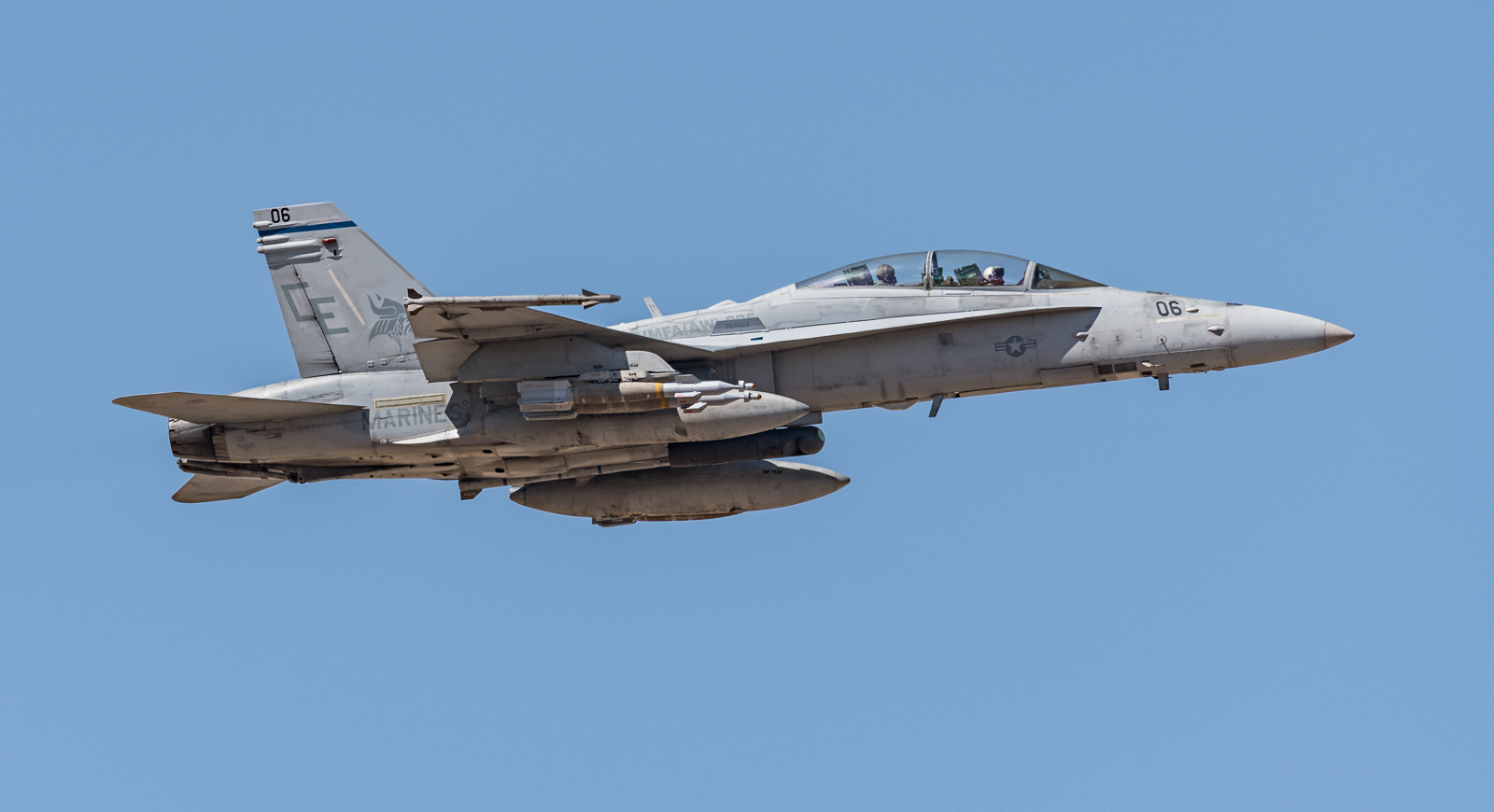
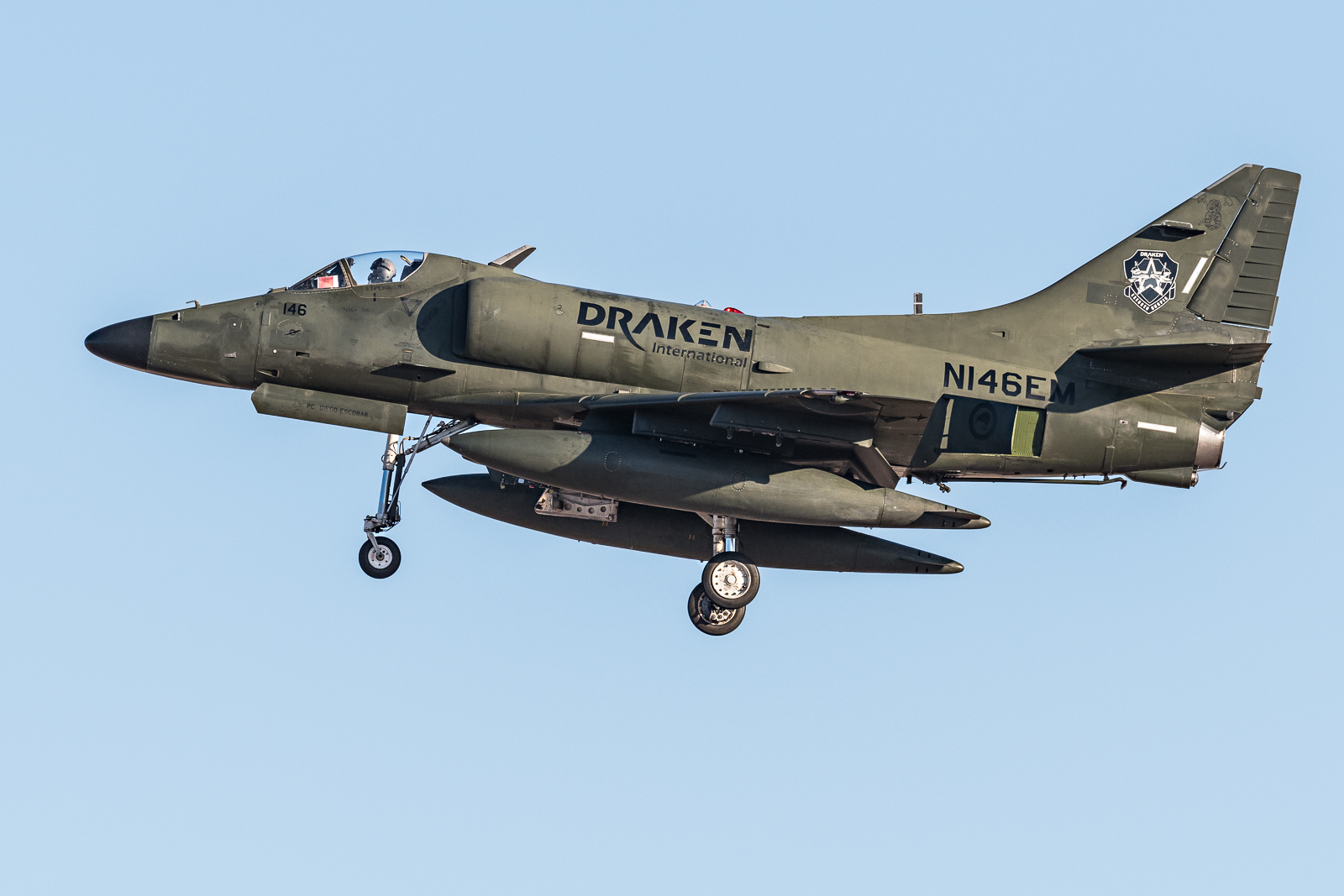
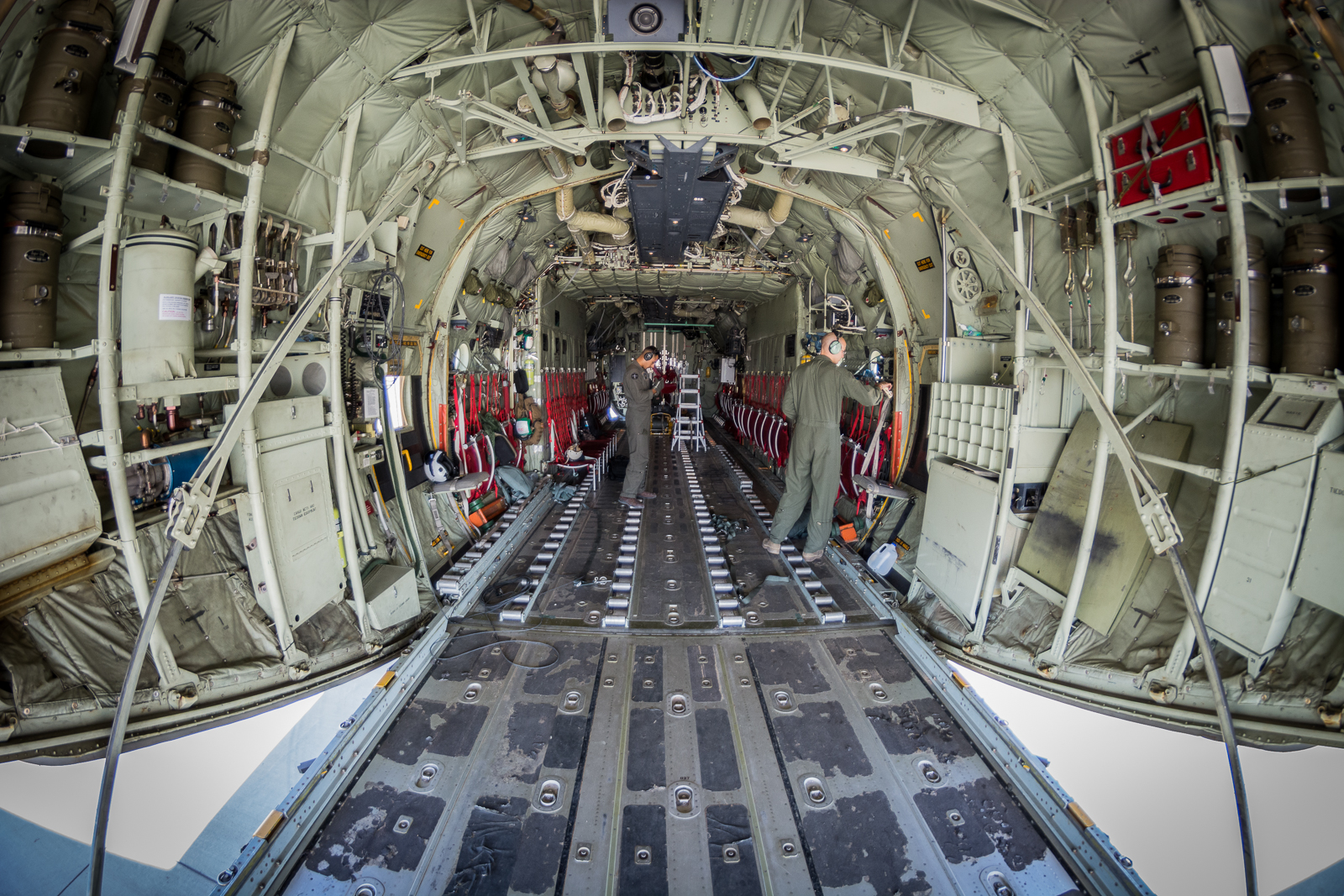
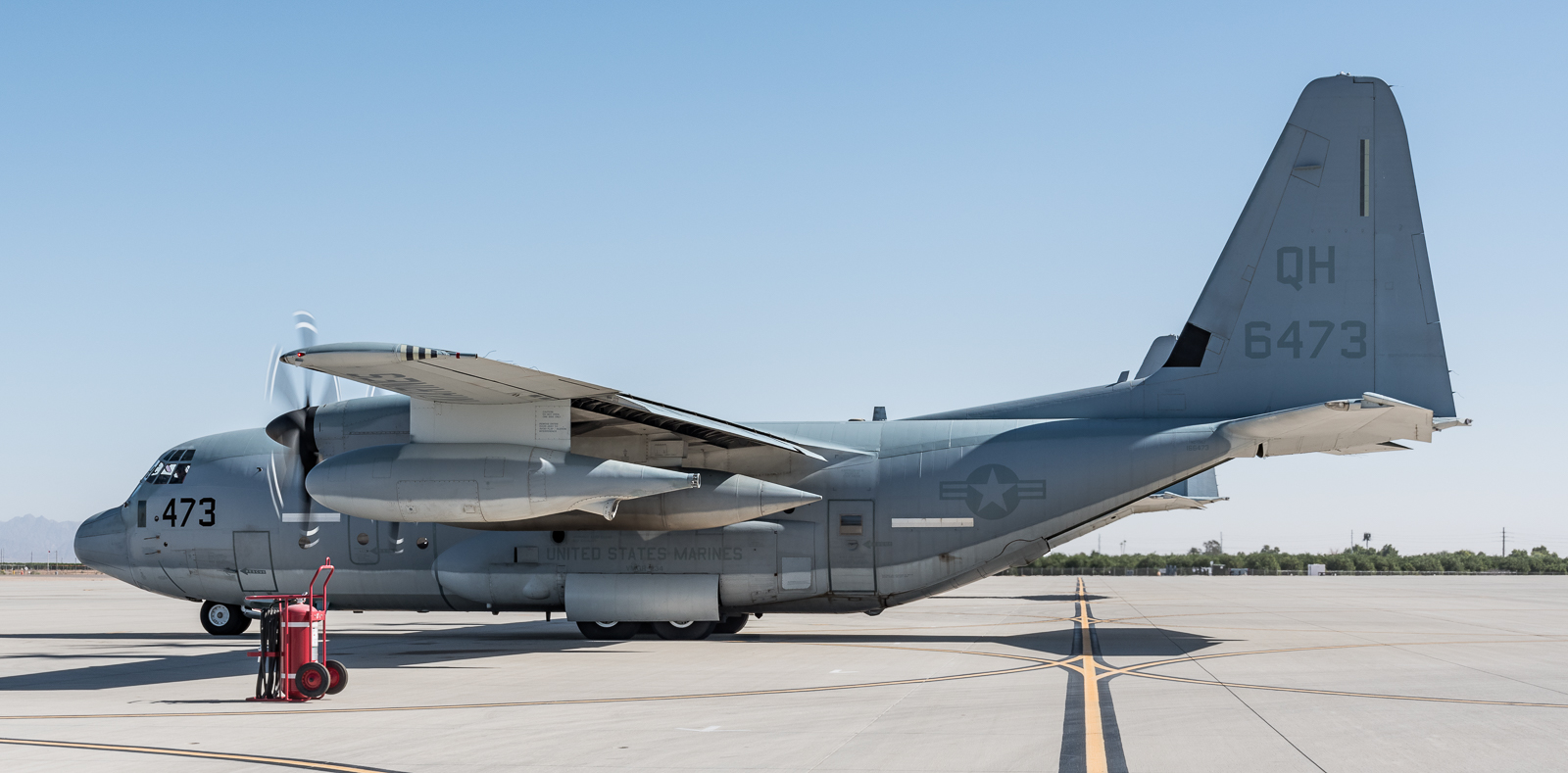
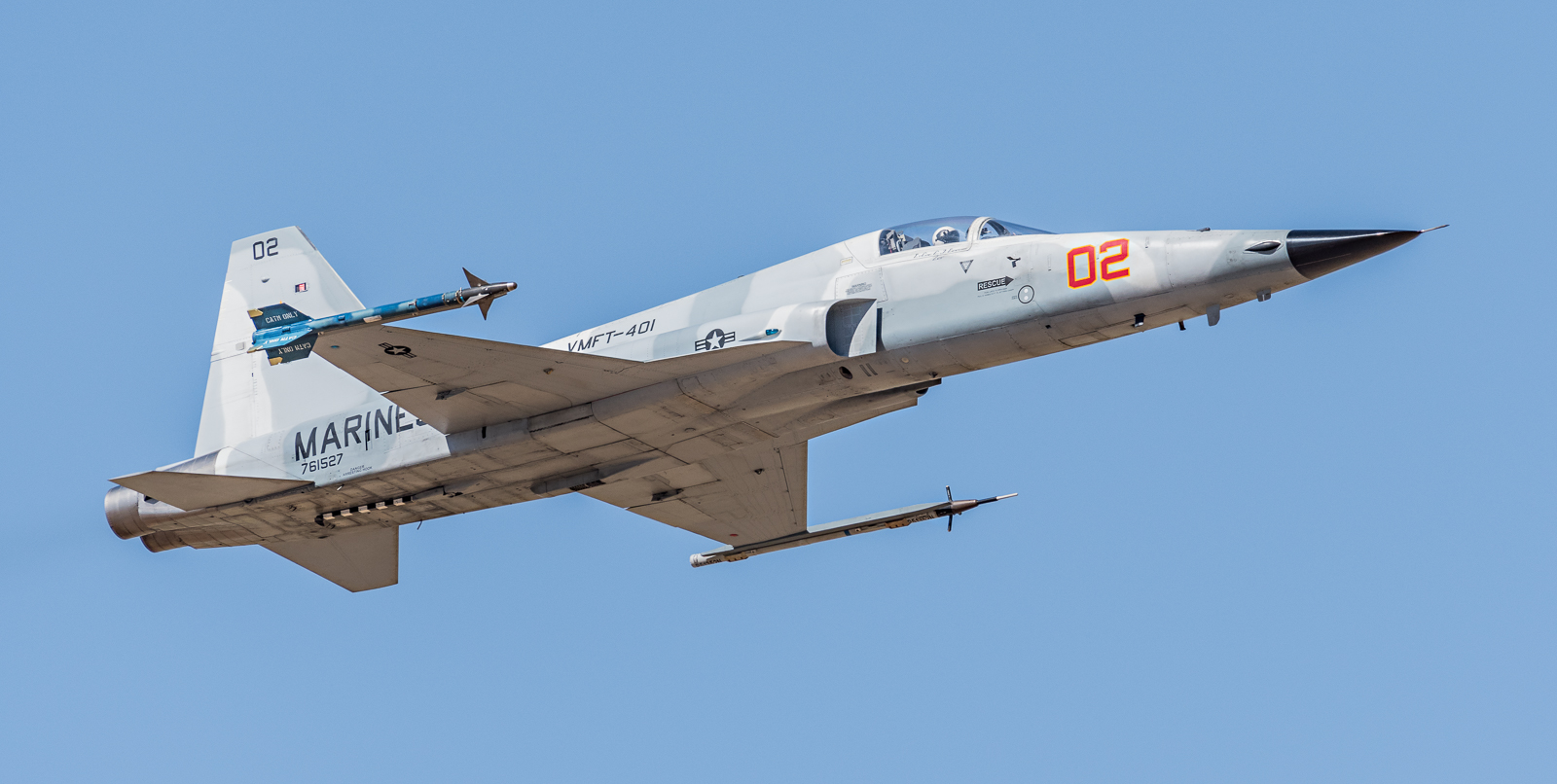
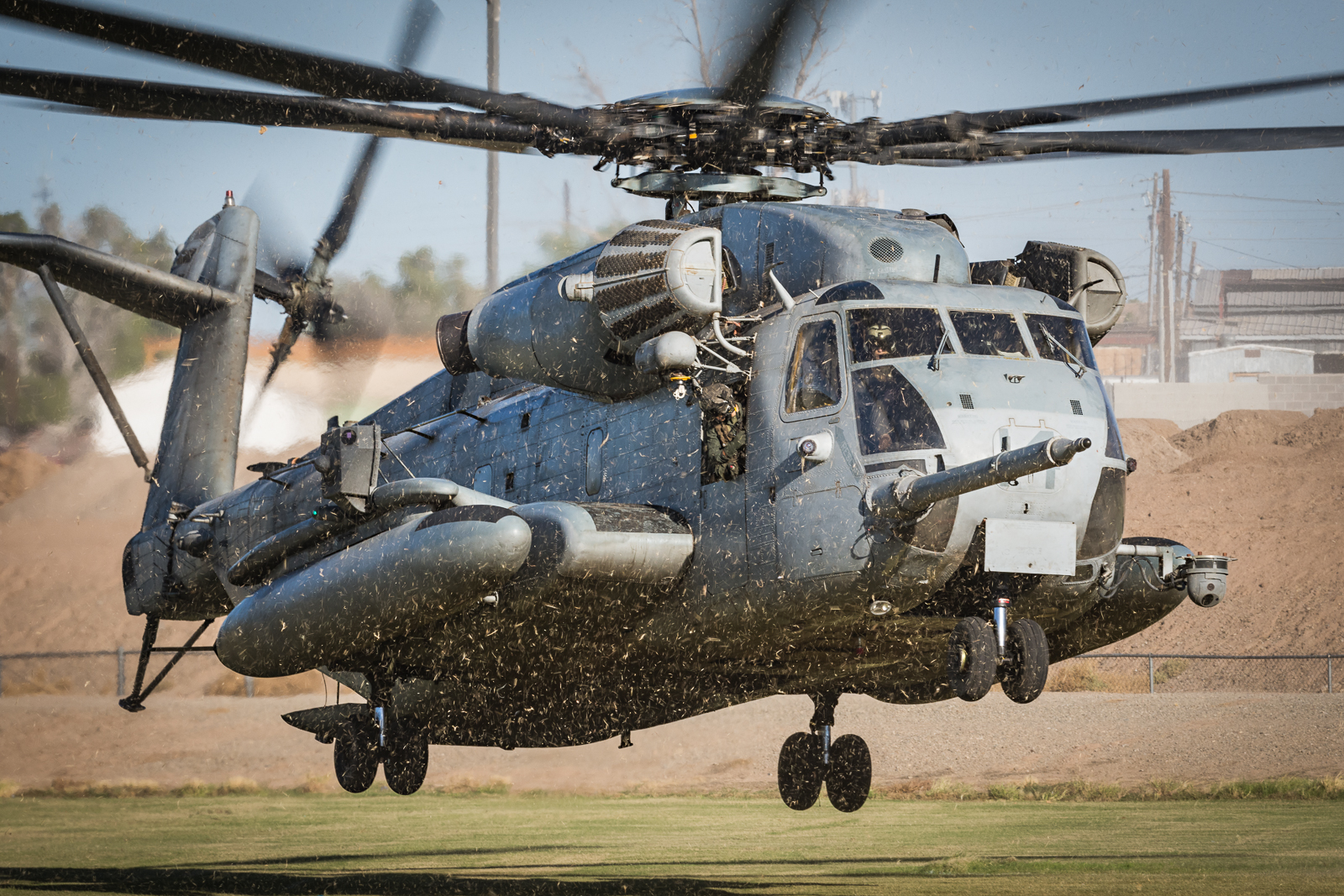
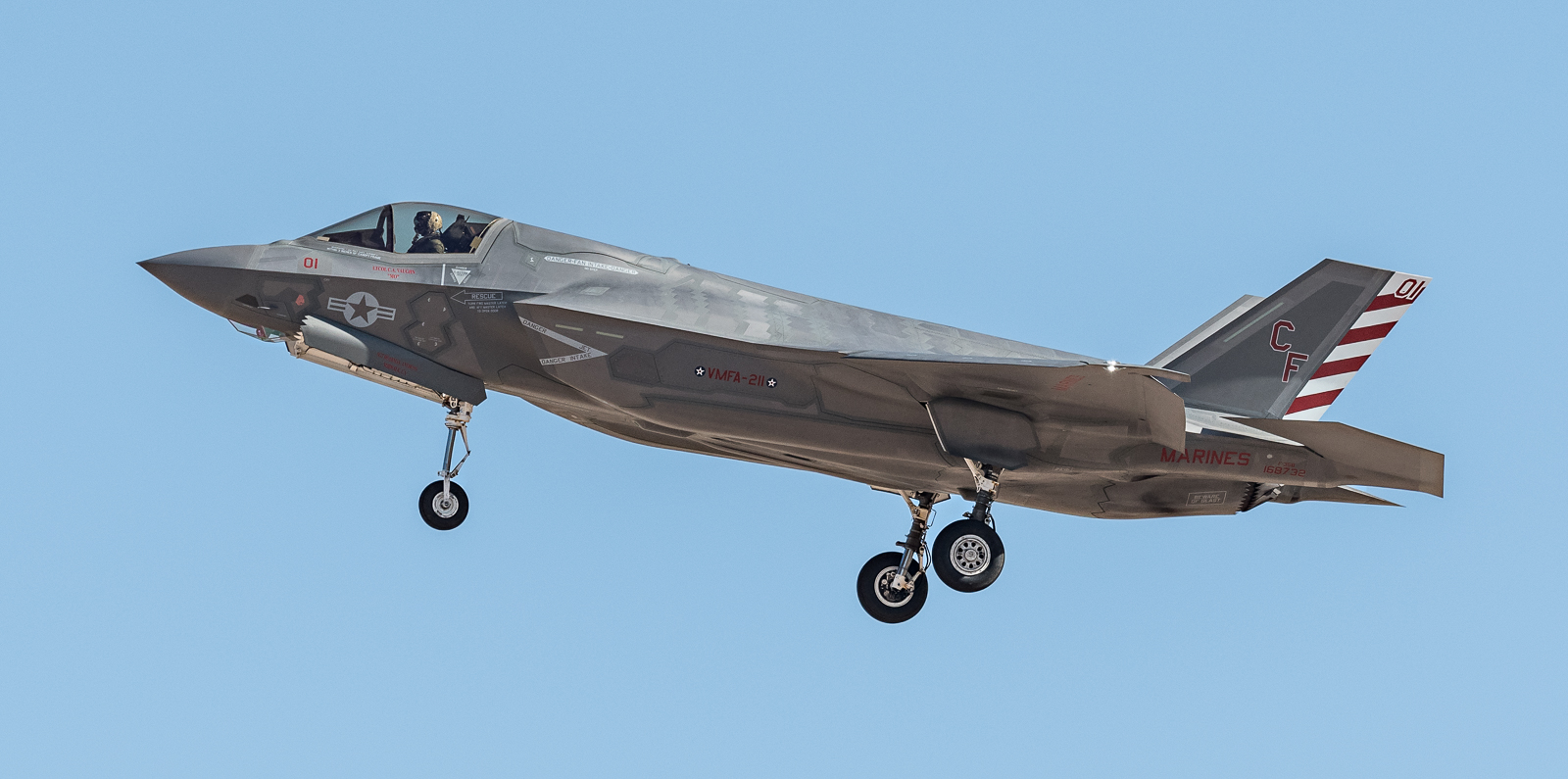

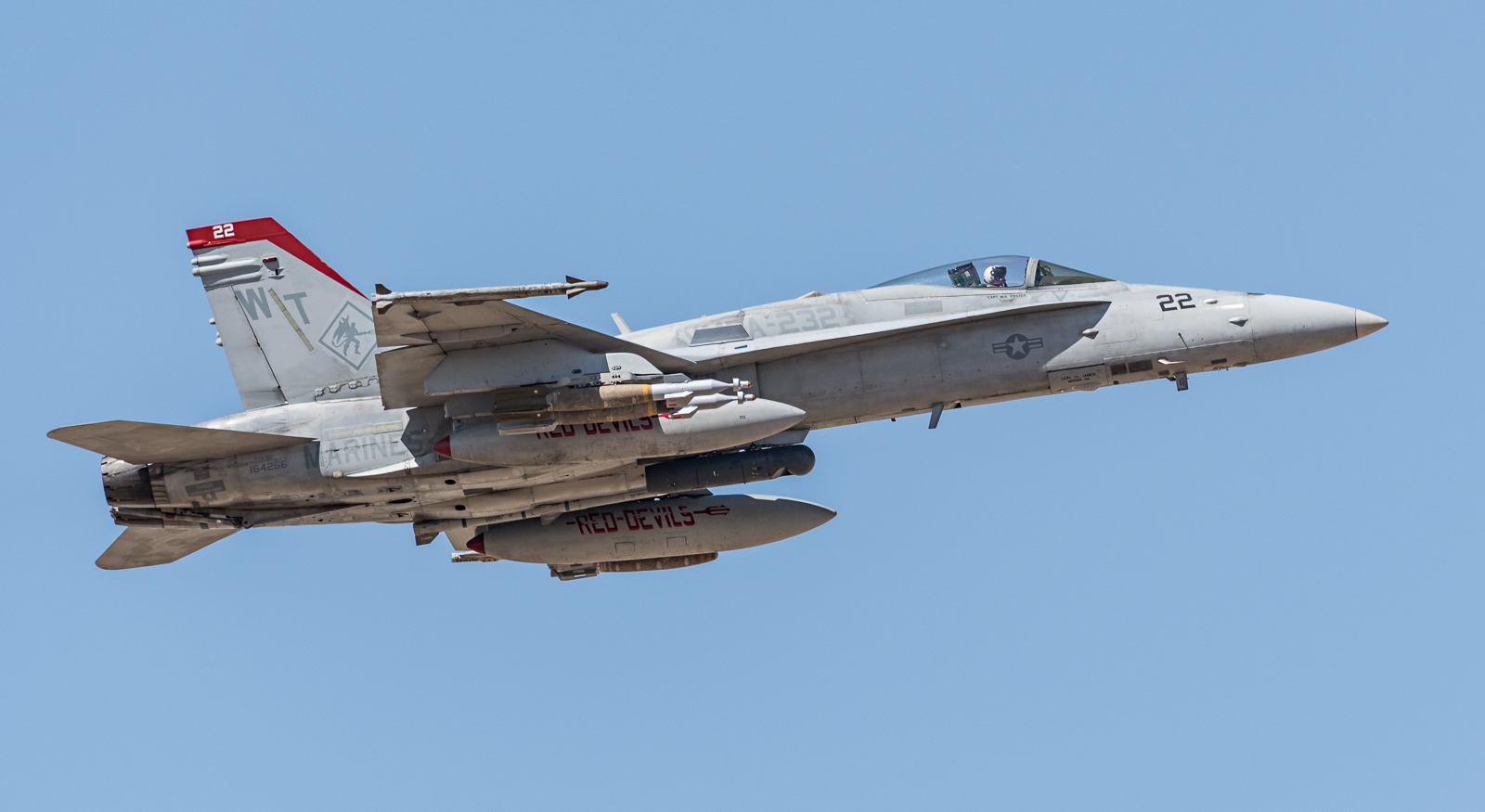
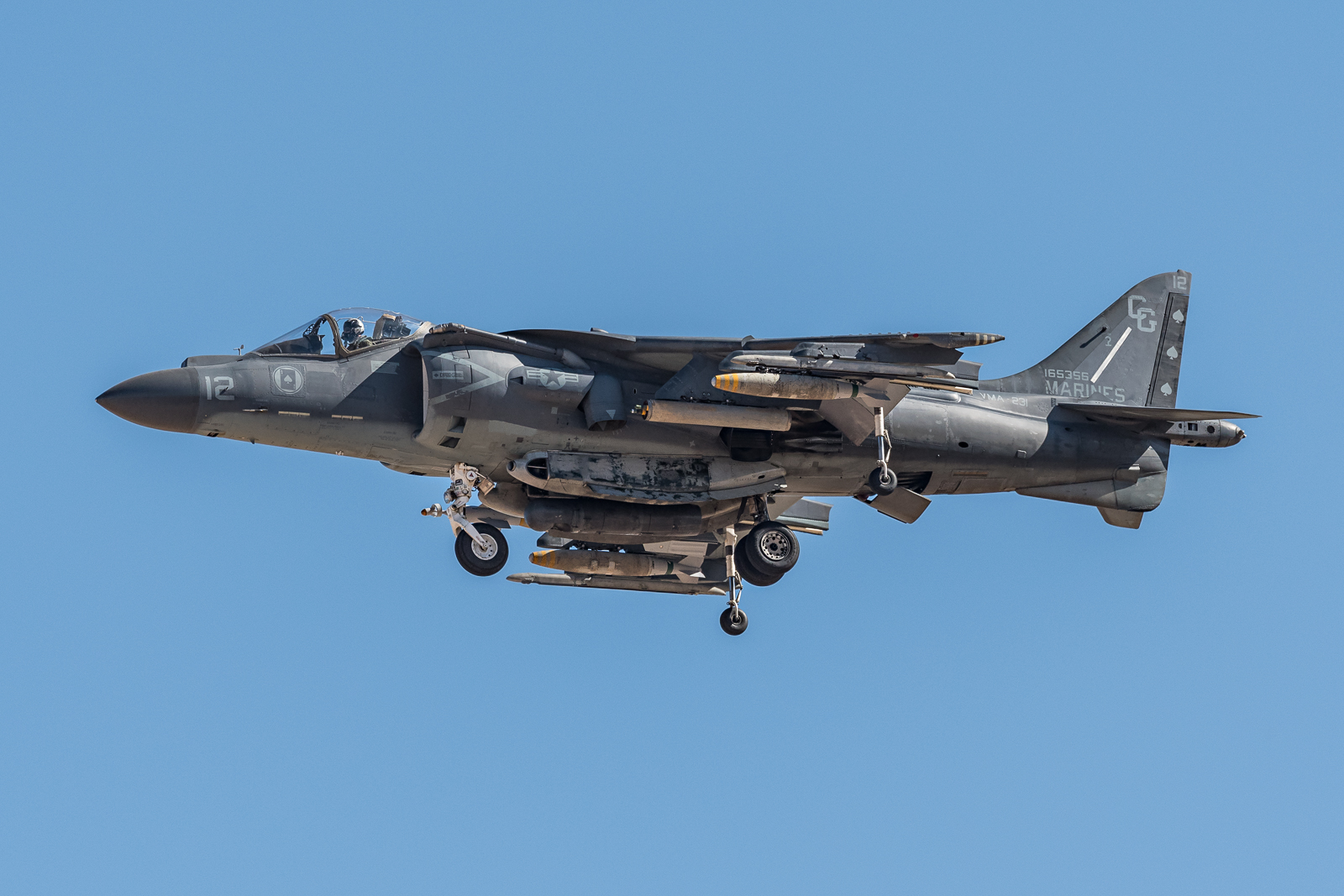
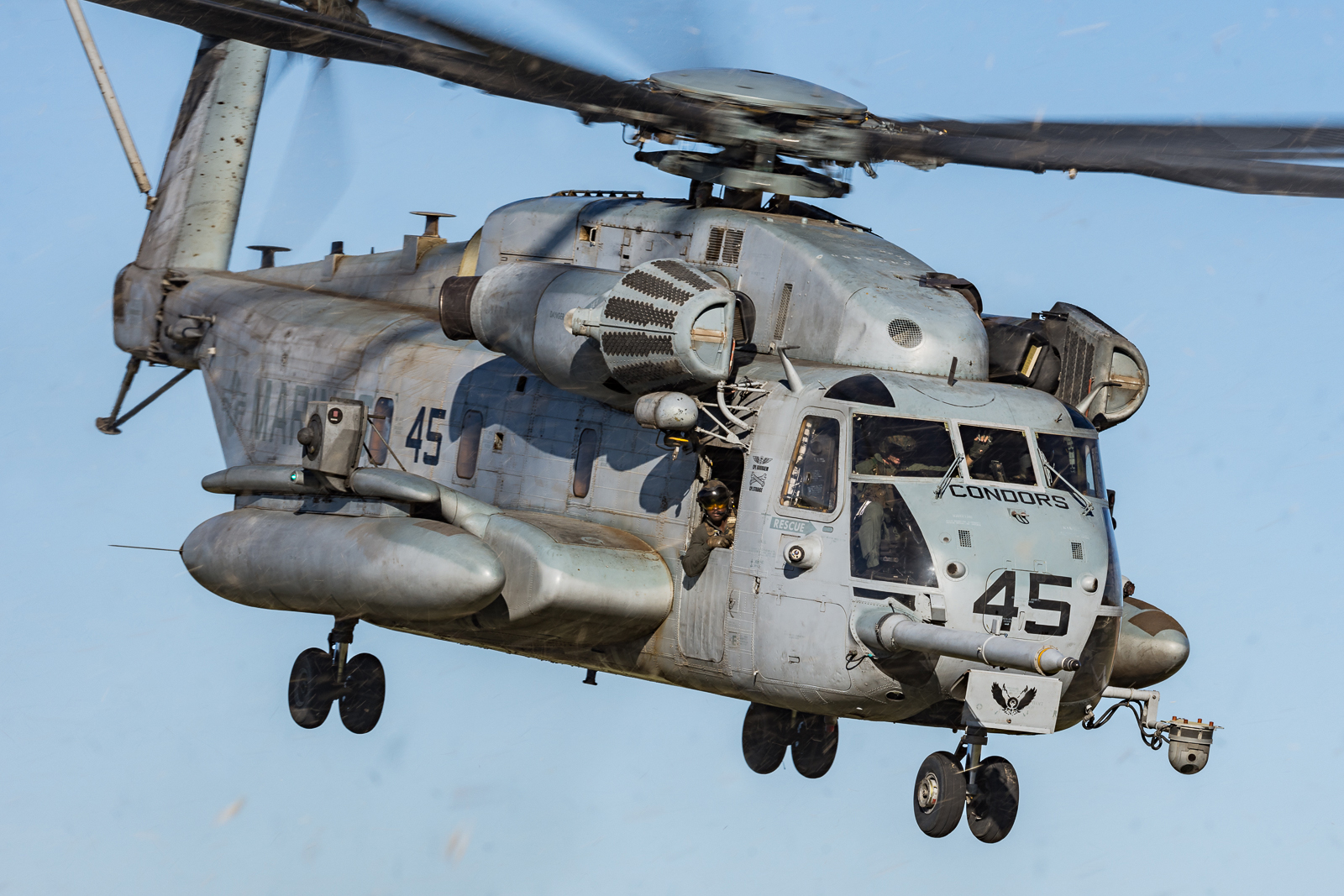
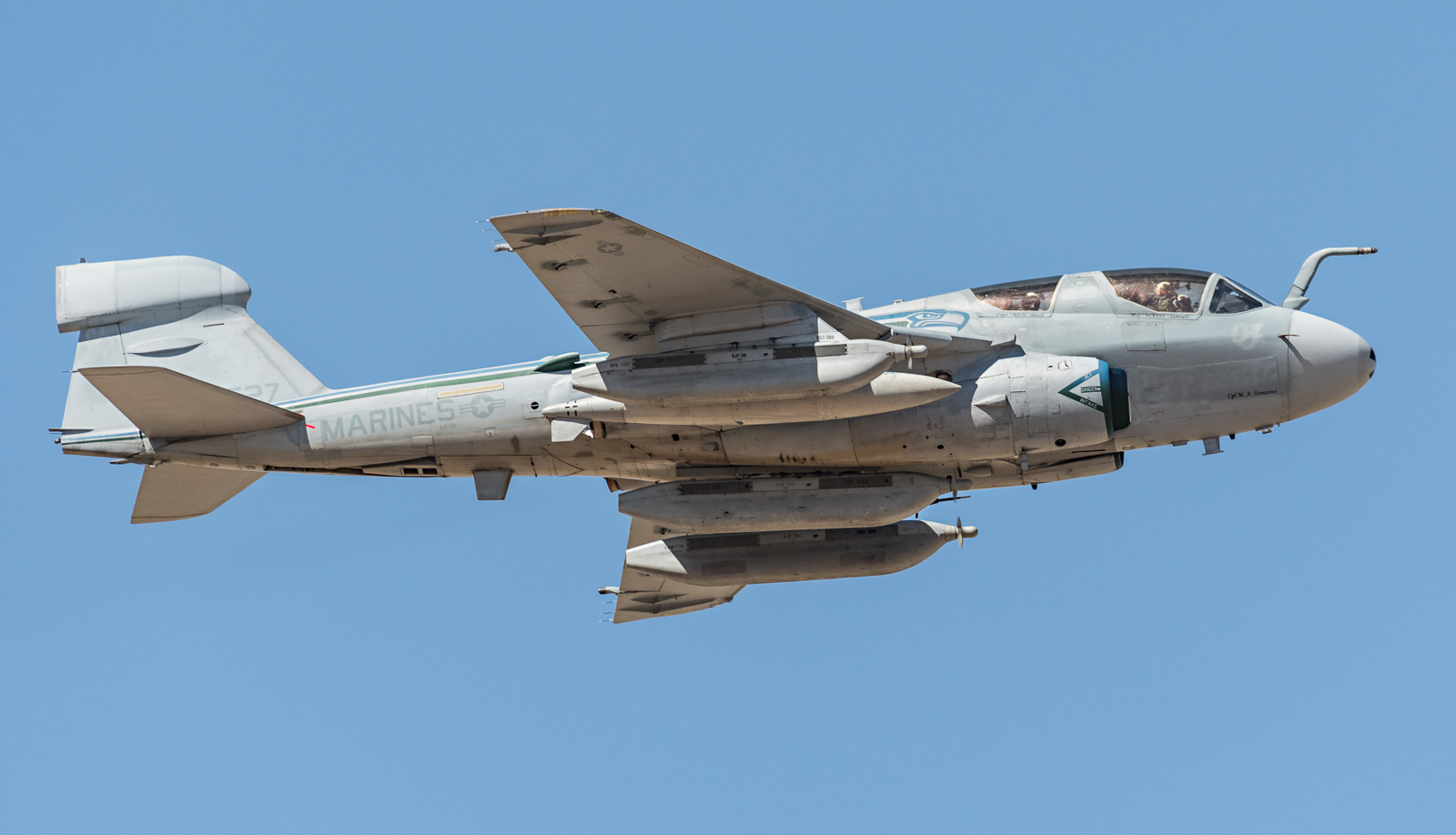


Click on an image below to page or swipe through the gallery:
Steven is from Long Island, New York and now resides in sunny Mesa, Arizona. Steven’s love for aviation began when he was a child with a fascination for WWII aircraft. This love of aviation was further fostered by his uncle, a long-time Trans World Airlines (TWA) employee who had a passion for all forms of aviation.
Steven’s interest in photography began when he was 16 years old when he received his first SLR camera, a Minolta XGA. It makes sense that eventually his passion for aviation and photography would merge into a love for aviation photography.
In addition to being the web designer, webmaster and chief editor of Aviation Photography Digest, Steven has been published in numerous magazines worldwide.
Steven has an M.S. from Boston University and uses Nikon photographic equipment.
Steven is a Nikon NPS member.
Steven can be reached at: [email protected]


